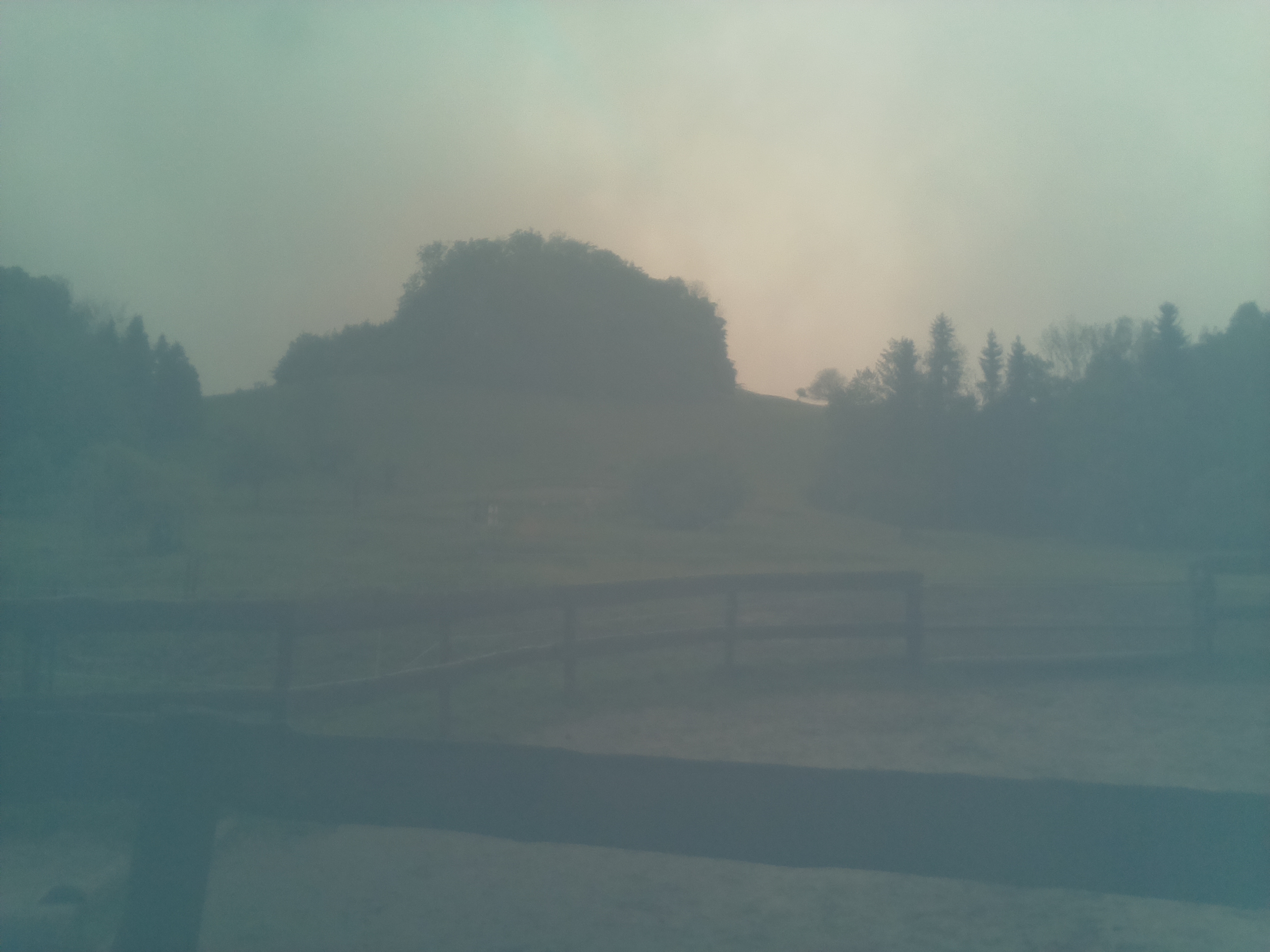A slide is a type of landslide where a mass of rock or soil moves downslope along a distinct shear surface or zone, maintaining contact with the underlying material (Cruden & Varnes, 1996). Slides are classified based on the geometry of the failure surface into rotational slides and translational slides.
A translational slide occurs when a mass of soil or rock moves downslope along a planar failure surface with little to no rotation (Figure 2 left). These slides typically involve:
- Shallow or deep-seated slip surfaces, often following pre-existing structural weaknesses (e.g., bedding planes, faults, or joints).
- Relatively fast movement, especially when material is saturated or when slopes are steep.
- Large displacement distances, as the material remains largely intact while sliding downslope.
Translational slides are most common in layered bedrock, fractured rock, or unconsolidated sediments, particularly where a weaker layer (e.g., clay, weathered rock) underlies a more resistant material. They are frequently triggered by heavy rainfall, earthquakes, or river undercutting, which reduce slope stability.
A rotational slide occurs when a soil or rock mass moves downward and outward along a curved failure surface (Figure 2 right). This type of movement typically results in:
- Concave failure surfaces, leading to a backward tilting of displaced material.
- Step-like or hummocky terrain in the displaced mass due to rotational movement.
- Multiple failure surfaces in larger slides, forming complex rotational failures.
Rotational slides are most common in homogeneous, fine-grained soils such as clay and silt, where deep-seated failure surfaces can develop. They are often triggered by increased pore-water pressure due to prolonged rainfall, snowmelt, or human activities such as excavation at the slope base.
Figure 2: Schematic illustration of a translational landslide (left) and a rotational landslide (right) (Source: Highland & Bobrowsky, 2008).
Literature
Cruden, D. M. & D. J. Varnes. 1996. Landslide types and processes. In Landslides: investigation and mitigation, eds. A. K. Turner & R. L. Schuster, 36-75. Washington, D.C.: National Academey Press.
Highland, L. & Bobrowsky, P.T., 2008. The landslide handbook: a guide to understanding landslides, US Geological Survey Reston, VA, USA.



